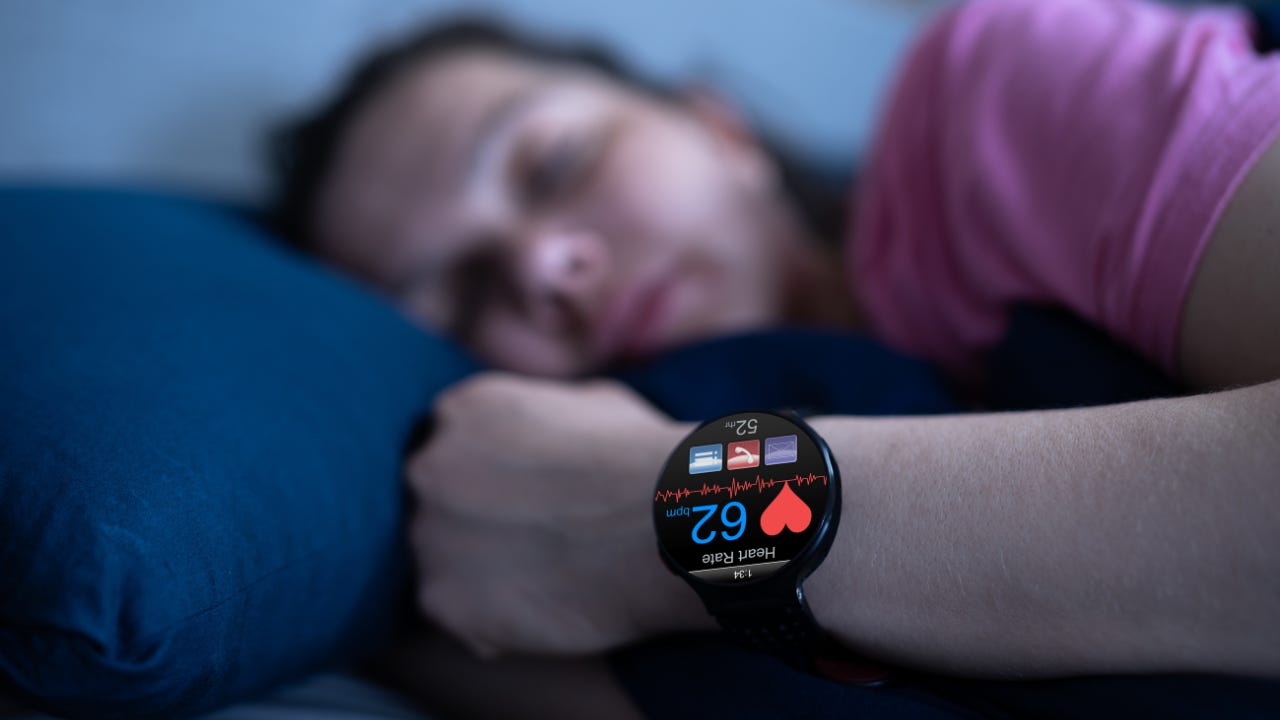7 bold truths about wearables and healthcare the industry must face
Top provocative insights that challenge the current thinking around wearables in healthcare.

For over a decade, the wearable technology industry has promised a revolution in healthcare. We've witnessed incredible innovation — from fitness trackers to advanced biosensors capable of real-time glucose monitoring, ECG readings, and even mental health tracking. Yet, despite all this progress, wearables have yet to be fully integrated into mainstream healthcare systems.
The reasons are no longer about technology. The sensors are ready. The software is ready. The user adoption is there. What’s missing is something deeper: trust, alignment, and systemic transformation.
As a strategist and long-time advocate of digital health, I believe it's time we address the real barriers — and the uncomfortable truths behind them.
Here are seven provocative insights that challenge the current thinking around wearables in healthcare:
1. Patients trust their smartwatch more than their doctor’s equipment
Today’s consumers wear their health tech on their wrist 24/7. They trust it to tell them how they slept, how stressed they are, and when they should move. In many cases, they check their wearable data more often than they check in with a clinician.
Yet, the healthcare system still treats this data as second-class — even though it's far more continuous, contextual, and patient-owned.
Food for thought: If patients already trust and rely on this data, isn’t it time clinicians and systems started doing the same?
2. Technology isn’t the problem — trust is
The technology behind wearables has matured. Accuracy has improved. FDA clearances are rising. Integration APIs exist. But many health professionals still view wearable data as unverified or non-clinical.
This is not a technical problem — it’s a trust problem. Health institutions struggle to validate and adopt data they didn’t generate themselves. This mindset is outdated and dangerously limiting.
Ask yourself: What standards, not silos, do we need to move forward?
3. Hospitals still depend on full beds — but the future is about empty beds
We talk about patient-centric care, but our business models still reward high occupancy. Wearables enable remote patient monitoring, earlier discharge, preventive care, and decentralized trials — all of which reduce the need for in-person visits.
The problem? That’s bad business under traditional revenue models.
Reality check: If hospitals are financially penalized for innovation, how can we expect change?
4. Reimbursement is the enemy of innovation
Let’s be honest: innovation dies where reimbursement is unclear. Wearables have shown they can reduce ER visits, improve outcomes, and support chronic condition management. But without clear CPT codes, reimbursement pathways, or incentive structures, most providers won’t touch them.
Solution needed: We must evolve new financial models that reward outcome-driven care — not just procedures and visits
5. Data without clinical action is just noise
We are drowning in health data — yet starving for action. A person may generate thousands of data points daily through their wearable. But if there’s no system to interpret it, and no clinical workflow to act on it, that data becomes meaningless.
Data should not live in isolation. It must connect to a care pathway, be understood in context, and prompt meaningful intervention.
The future of wearables lies in integration — not accumulation.
6. Clinicians don’t need more data — they need better insights
Let’s not burden already overworked clinicians with more dashboards, graphs, and raw data. Instead, we must deliver interpretable, actionable insights that support decisions.
This is where AI, predictive analytics, and contextual alerts must come into play. The power of wearables isn’t in the numbers — it’s in what those numbers can tell us, in real time, to prevent harm and improve care.
Are we building tools for the end user… or building problems for the provider?
7. The biggest players in wearables aren’t healthcare companies — and that’s a wake-up call
Apple, Google, Samsung, and Fitbit (now Google) dominate wearables — not healthcare giants. That should alarm us.
Why have hospital systems, insurers, and pharma companies not built their own platforms? Why haven’t they led this charge?
If the future of health is digital and decentralized, why isn’t healthcare at the centre of it?
Final thoughts
The wearable revolution isn’t waiting. It’s here — and it’s moving fast. But unless healthcare systems, payers, and regulators adapt quickly, they risk becoming observers instead of participants.
Wearables can bridge the gap between episodic care and continuous health — but only if we build the trust, infrastructure, and models to support them.
Let’s stop treating wearable technology like an accessory. It’s time we treat it as what it truly is: a critical component of the future of healthcare.
Your turn: What do you think? Which of these insights challenges your thinking — and which ones do you agree with?
Let’s start a real conversation.
REGISTER TODAY! Join healthcare pioneers and thought leaders at the annual WHX Miami, formerly known as Florida International Medical Expo (FIME), and unlock your market potential.


